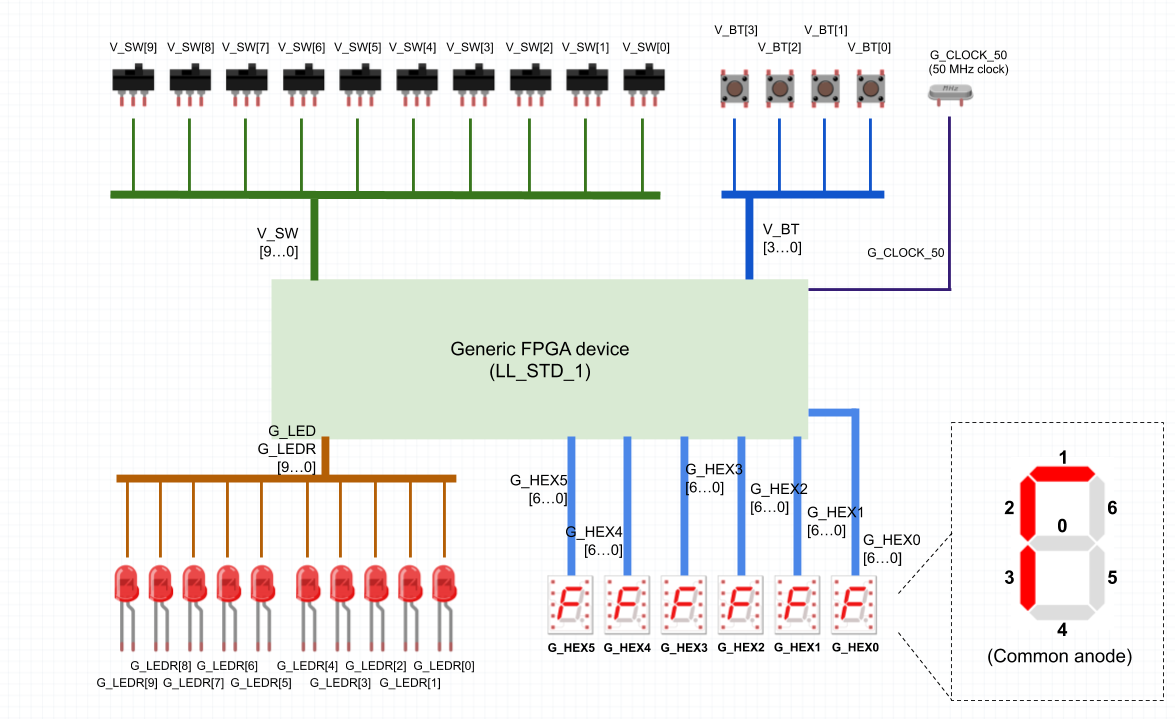
Plus you dont say if it its custom RTL or a block design for either manufacturer.

Vivado Vs Quartus Software Is Slower
RTL knowledge or RTL Mentality of developers The answer is hidden within 2 important parameters: Why the HLS tools with the nature of CPU methodology, in RTL planet don’t have the same performance as RTL tools. In other words, we should ask why the building that is developed by an alien from CPU Software planet sometimes looks tilt in RTL planet. Bedoustani, Senior FPGA and Real-Time DSP Developer, Montreal, CanadaWhy High-Level Synthesis (HLS) tools are not sufficient for FPGA/ASIC design? This is a long-asked question. However, the simulation performance of the ModelSim-Altera Edition software is slower than that of the ModelSim PE and SE software.ModelSim-Altera Starter Edition software is the same as ModelSim-Altera Edition software except for two areas.
Vivado Vs Quartus Full Control And
This is exactly the reason why HLS tools are interested in RTL planet. This is a big property that makes RTL mentality and methodology different from CPU software mentality and methodology.Obviously the cost of this high level of flexibility is the fact that RTL design is difficult, time consuming in developing and debugging and therefore expensive. By contrast, in the CPU software planet, developers do not need this level of controllability and observability of CPU fixed operations. On the other hand, in RTL design one could have several different innovative solution for a unique algorithm. Another property of design in RTL planet is that one could have full control and full observation of the operation of design. On the one hand, the RTL implementation could be sequential logic, combinational logic or combination of them. This sequential mentality comes from the fact that the CPU software developers should follow the sequential rules that are forced by CPU sequential nature.By contrast, there is high level of flexibility in RTL digital design for implementation of an algorithm.
Design must meet timing constraint, FPGA clock 200Mhz The goal is to achieve the lowest latency All inputs are available at the same time in the input of the core
Low-Level RTL Design Xilinx System Generator for DSP (XSG) and Intel DSP Builder implementation, VHDL/VerilogLatency performance for Xilinx and Intel FPGA are summarized in Table1 and Table2. Matlab/Simulink HDL Coder Xilinx and Intel implementation HLS Vivado HLS and Intel HLS implementation Targets are Xilinx Kintex7 and intel Arria10 FPGAAppendix A shows the Xilinx and Intel solutions including:
This is one of vital RTL properties on which HLS tools don’t have enough control and flexibility so far. By contrast, in RTL design methodology there is full flexibility on management of data flow and inout streaming. However, it is clear that RTL design can still catch the best latency performance. 2) is the fact that there is not enough flexibility on managing data flow and inout streaming with HLS tools.
The combination of Low-level RTL design and high-level design (Model-based or High-level programing such as HLS) is the key point that guarantees the performance and decreases the developing/debugging time as well as cost. However, it can catch the best performance Low-level RTL design is expensive, time-consuming and hard to debug. A software developer that intends to design FPGA/ASIC must break the CPU software mentality that has grown into High-level pure CPU software mentality does not satisfy all RTL design requirements.

However, well trained software engineers are able to not only know and exploit the underlying parallel hardware, but to learn the RTL design flow, languages and synthesis tools to design high-performance digital hardware systems. Also, lots of software engineers nowadays face the challenge of optimizing code to take advantage of several micro-architectural features present in modern CPUs that increase Instruction-Level Parallelism (pipelining, superscalar, speculative execution, etc.)Of course, designing parallel digital hardware systems is different to designing parallel software applications, since they live at **different. The programing model for current GPGPU NUMA platforms is very related to the programming model for the platforms I mentioned before. For current multithreaded, multicore, networked computing platforms.


 0 kommentar(er)
0 kommentar(er)
